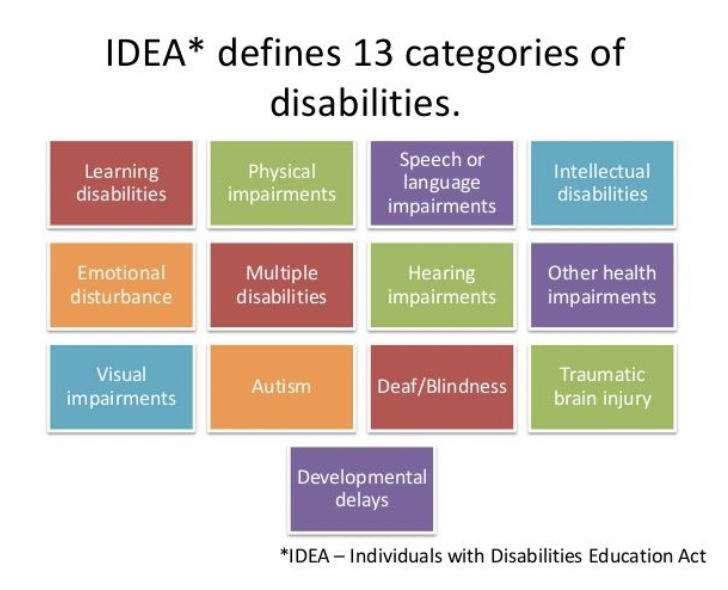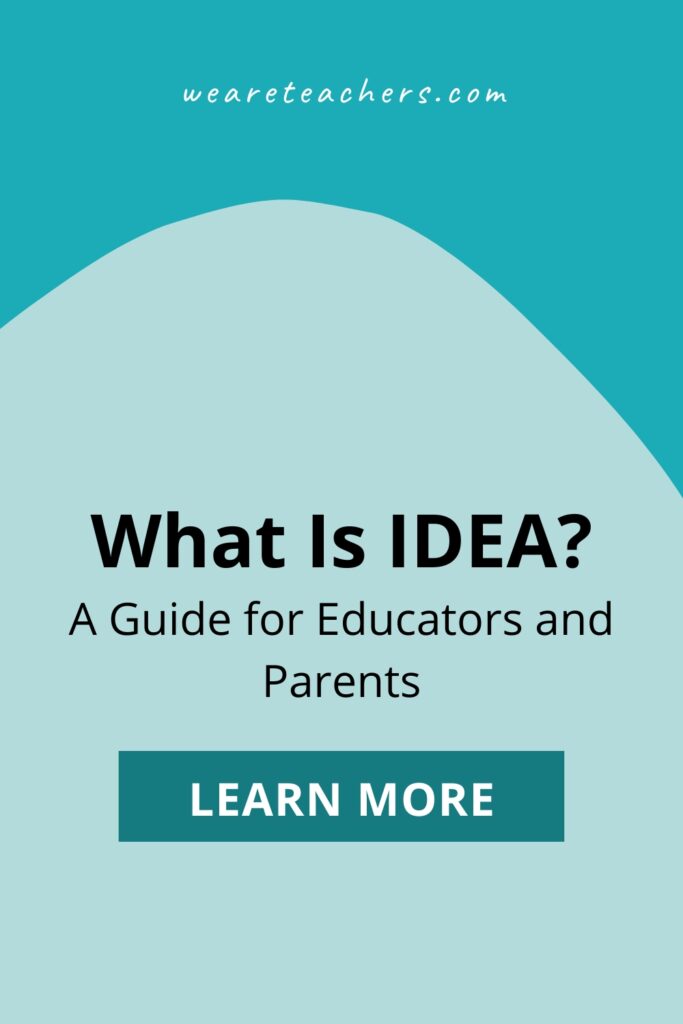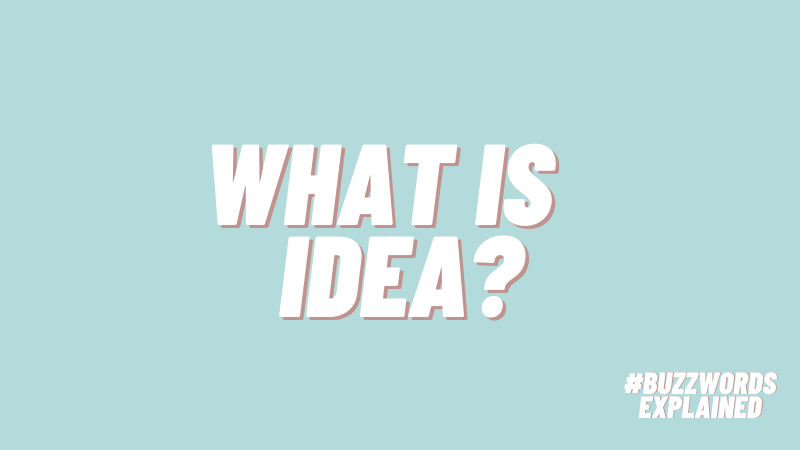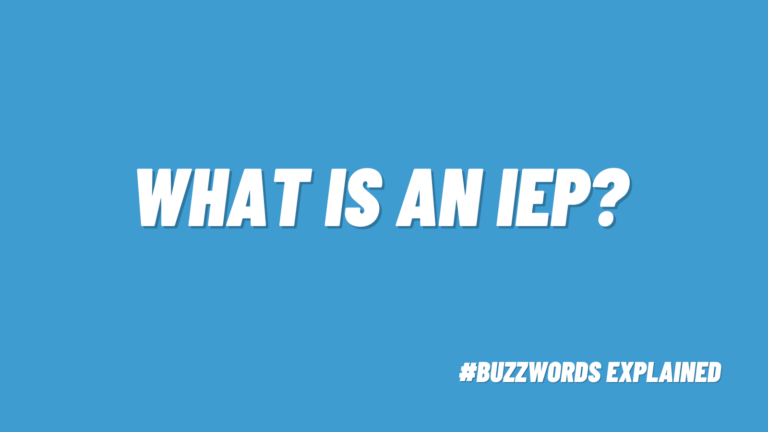- IDEA, the Individuals With Disabilities Education Act, is a federal law, originally passed in 1975, that makes Free Appropriate Public Education (FAPE) available to children with disabilities and ensures that eligible children receive special education and related services. But with this broad definition, many educators and parents still wonder, “What is IDEA?”
What is IDEA?
In short, IDEA is the federal law ensuring that schools serve students with disabilities. Under IDEA, schools are required to provide special education services to students through their Individual Education Plans (IEPs). Additionally, IDEA requires schools to guarantee each student a Free Appropriate Public Education (FAPE) in the Least Restrictive Environment (LRE).
The law states: “Disability is a natural part of the human experience and in no way diminishes the rights of individuals to participate in or contribute to society.” Providing education, according to IDEA, and improving the results for kids with disabilities is part of equal opportunity and full participation in society for people with disabilities.
IDEA was reauthorized in 2004 and amended through the Every Student Succeeds Act (ESSA) in 2015 (Public Law 114-95).
How is disability defined in IDEA?
Disability, according to IDEA, means that a child has one of 13 qualifying disabilities and that it impacts their ability to progress in school, and requires specialized instruction or services in school. The 13 disability categories that kids can be eligible under are:
- Autism
- Speech/language impairment
- Specific learning disability
- Orthopedic impairment
- Other health impairment
- Multiple disabilities
- Intellectual disability
- Visual impairment
- Emotional disability
- Deafness
- Deaf-blindness (both)
- Traumatic brain injury
- Developmental delay
Not all children with disabilities are eligible for special education services. After a child is referred and evaluated, if they have a disability and, because of their disability, need special education supports to benefit from general education and make progress, then they are eligible for special education services.

Source: Allison Marie Lawrence via Slideshare
How many students are served under IDEA?
In 2020-2021, more than 7.5 million children received services under IDEA. That includes infants through young adults.
What are the parts of IDEA?
IDEA consists of four major parts (A, B, C, and. D).
- Part A is the general provisions.
- Part B addresses school-age children (ages 3-21).
- Part C covers early intervention (birth through age 2).
- Part D addresses discretionary grants and funding.
Read more
Part B of IDEA: Services for School-Aged Children / Center for Parent Information & Resources
IDEA Statute and Regulations / U.S. Department of Education
What are the requirements for IDEA?
All states must, at a minimum, provide all the requirements laid out in IDEA. Some states have more regulations than others, so in addition to knowing the federal guidelines, you’ll want to research your state’s policies as well. Therefore, here are some key requirements.
Parent Involvement
Parents participate in the discussions of a child’s referral for special education along with the team that develops the IEP. Parents also participate in the annual review of their child’s IEP and in any re-evaluations.
IEP Essentials
Each IEP must have/explain:
-
- Information about how the student is currently performing in school.
- How the student can achieve educational goals in the coming year.
- How the student will participate in the general education curriculum.
Parental Safeguards
IDEA also provides safeguards for parents along the way, in case they disagree with a decision a school makes or want to request an independent evaluation.
Every state has a parent training and information center that helps parents understand their rights and the process.
Read more
Finding Out if Your Child Is Eligible for Special Education / Understood.org
Learn the Law: IDEA / National Center for Learning Disabilities
What are the other federal disability laws?
Section 504
Section 504 of the Rehabilitation Act of 1973 provides that qualified individuals with a disability will not be excused from any public organization, including schools. It defines disability as “a mental or physical impairment that substantially limits one or more major life activities.” Therefore, students who have a disability that impacts them in school but does not impact their performance can have a 504 plan that provides accommodations in the school setting.
Read more
Parent Special Education Information / Pacer Center
Americans With Disabilities Act
The Americans With Disabilities Act is the broader disability law. It prohibits discrimination based on disability, which applies to schools. Specifically, the ADA requires schools to make educational opportunities, extracurricular activities, and facilities accessible to all students.
Professional Development Reading
(Just a heads up, WeAreTeachers may collect a share of sales from the links on this page. We only recommend items our team loves!)
Special Education: Plain and Simple by Patricia Johnson Howey
Wrightslaw: All About IEPs by Peter Wright, Pamela Darr Wright, and Sandra Webb O’Connor
Wrightslaw: From Emotions to Advocacy by Peter Wright and Pamela Darr Wright
Picture Books for the Classroom
Books About Disability To Use in the Classroom
Still have questions about IDEA and how to understand it for the students you teach? Join the WeAreTeachers HELPLINE group on Facebook to exchange ideas and ask for advice.
Plus, want to learn more about IEPs? Check out our article for an IEP overview for teachers and parents.


